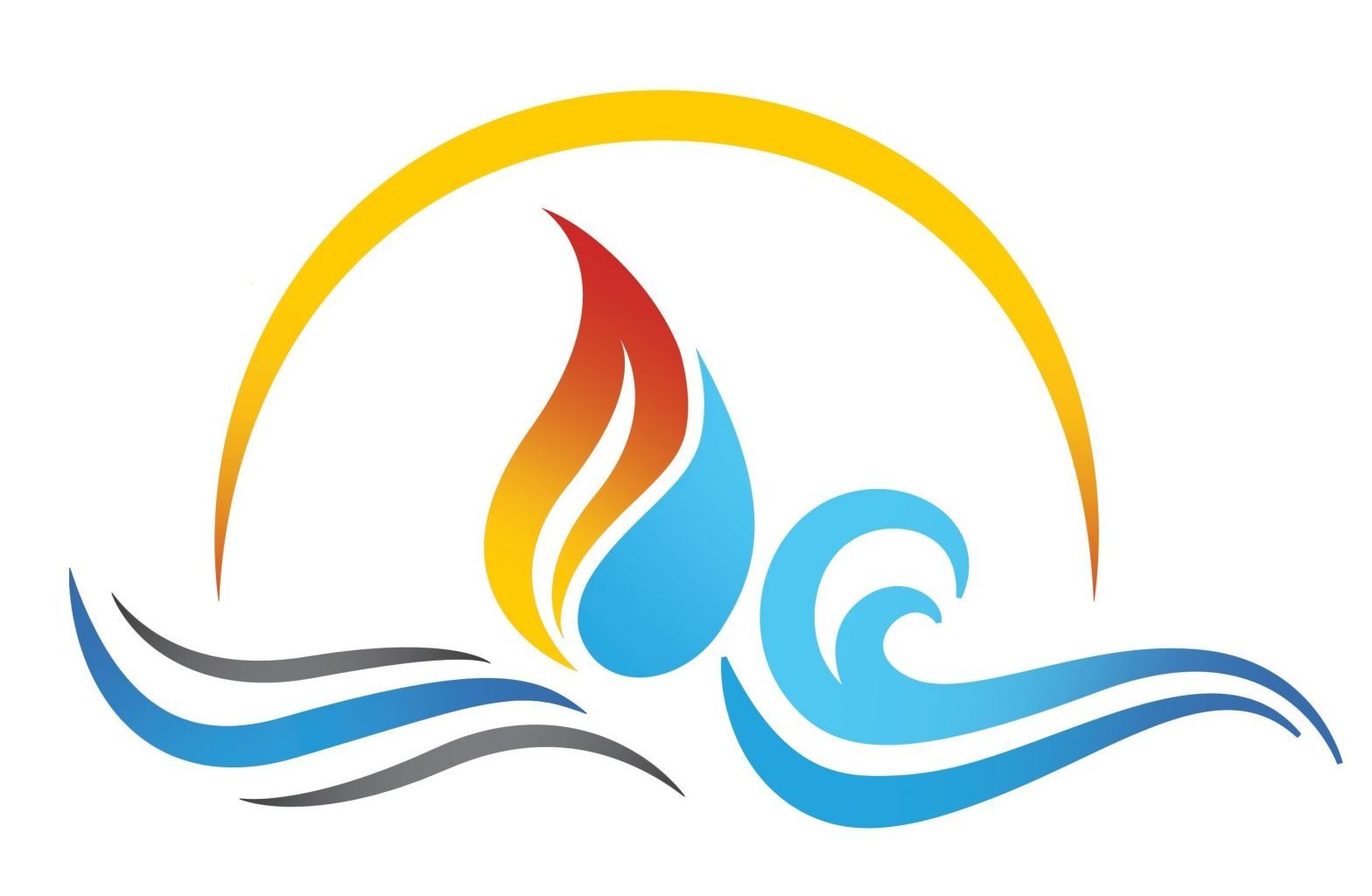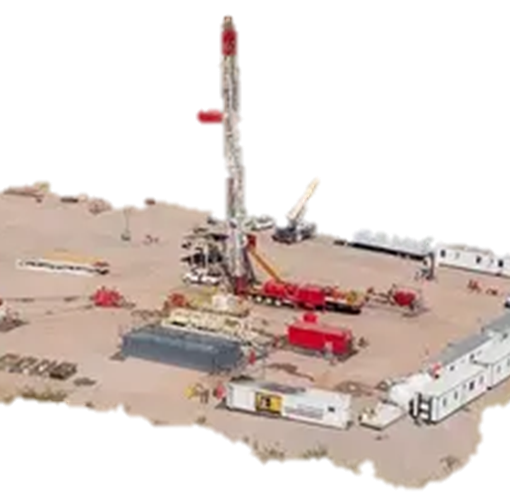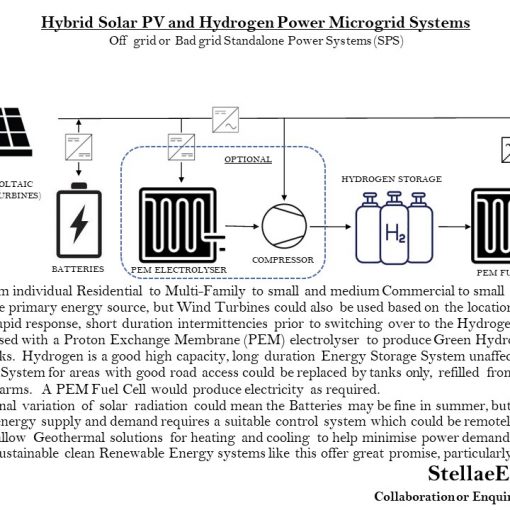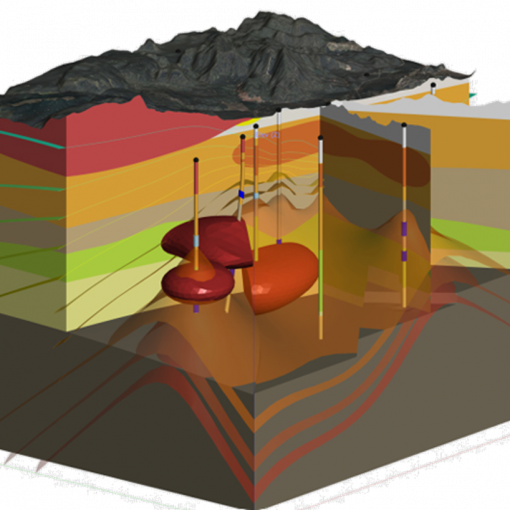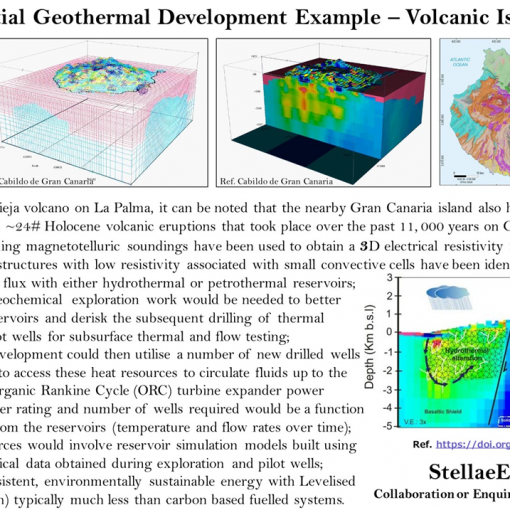As we continue to review the Geothermal opportunities across Africa, many people would be familiar with the high enthalpy geothermal resources being developed in EARS. Kenya is one of the world leaders here producing clean electricity. Other countries along the rift system have begun developing Geothermal Energy, but many more opportunities exist, especially when low to medium enthalpy resources are considered. Domestic energy resources that are economic and environmentally sustainable with funding and finance available. Another plus is the experienced oil & gas people and companies in these countries who have applicable skills to begin capturing this clean energy.
- The East African Rift System (EARS) is one of the largest rift systems in the world and with that one of the most interesting regions for the utilisation of Geothermal Energy. The total length of the rift is around 6,400 km and up to 64 km in width;
- EARS consist of two main branches – Eastern and Western. The Eastern branch extends from the main Ethiopian Rift (Djibouti, Ethiopia, and Eritrea) through Kenya into northern Tanzania. The Western branch extends from northern Uganda through Rwanda, DRC, Burundi, southern Tanzania, Malawi, Zambia, and Mozambique;
- Developers in countries of EARS have been predominantly focused on electricity generation from high-enthalpy fields. However, the high-temperature resources occur only in isolated places with central volcanos and within only a few countries of the eastern branch of EARS. On the other hand, low to medium enthalpy resources (<150-200 degrees Celsius) are more common, occurring mainly in the Western branch and within large sections of the rift floor between the central volcanoes;
- Good exploration work has been carried out to identify geothermal energy resources with detailed structural models showing vast potential. Mapping work has identified numerous hot spring clusters (surface manifestations of hydrothermal resources) and provides confidence in the extent of the resources;
- Currently, only Kenya and Ethiopia are considered as notable producers in East Africa. Estimations by IRENA (International Renewable Energy Agency) indicate their combined installed capacity until 2025 at a total of 1,111MW, which represents a global market share of approximately 6%. Realising the geothermal potential of other East African Rift System countries could change this figure significantly;
- The use of additional Geothermal Energy resources would support better electrification, improve living standards, and transform the region’s countries from a socio-economic development perspective. The opportunities are clear and funding and finance is available for economic, environmentally sustainable Geothermal Energy.


